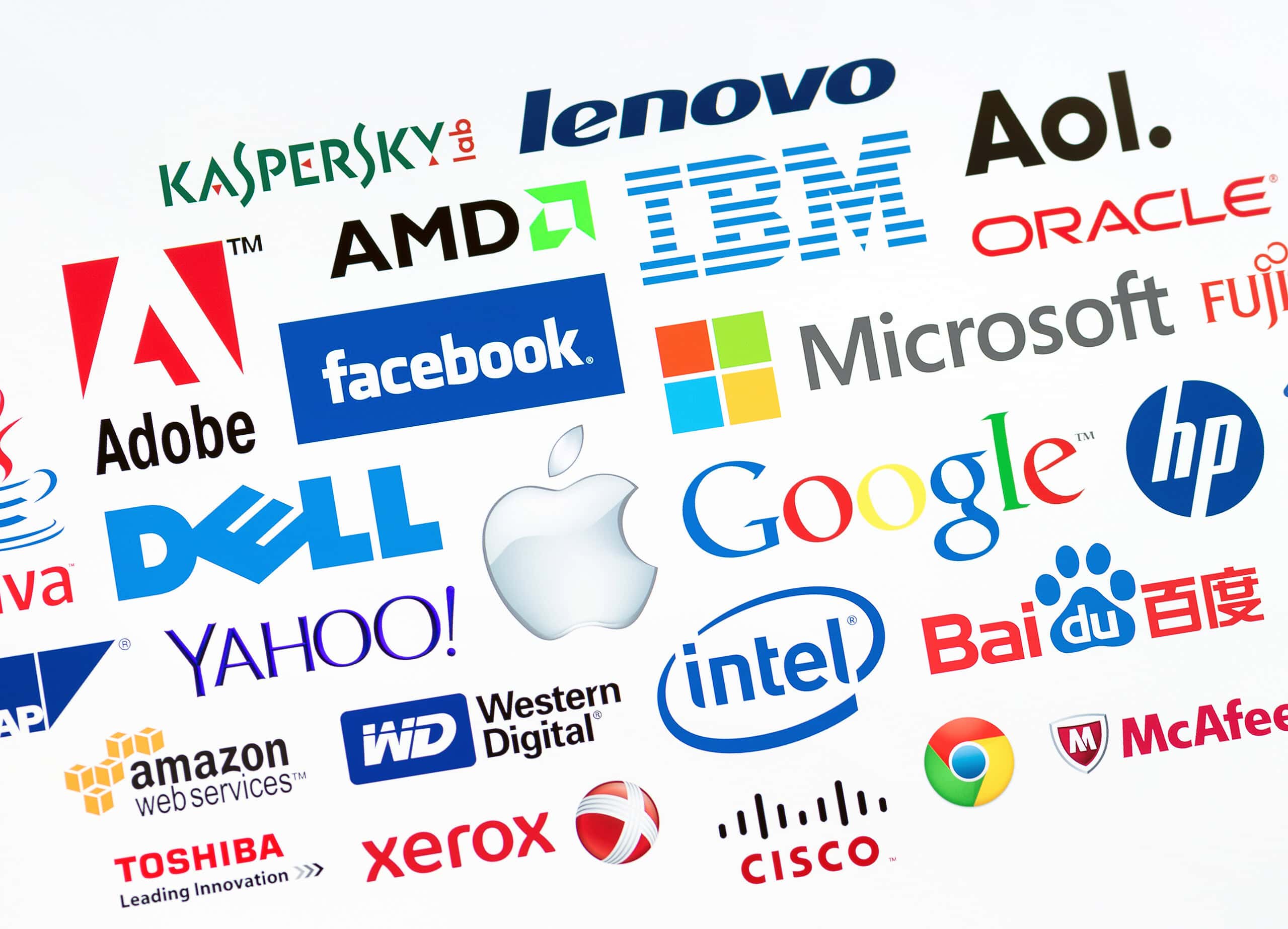Achieving $1 million in profit is a milestone many businesses aspire to, but for the world’s largest corporations, this figure is a rounding error on their astronomical balance sheets. While most small businesses can take years—sometimes a lifetime—to accumulate $1 million in net profit, top global companies accomplish this feat in mere seconds or minutes. This article explores the timeline and factors that enable leading corporations to generate $1 million in profit at incredible speeds and examines what this phenomenon reveals about the modern business landscape.
Speed of Profit: Measuring by the Second
To understand the scale at which large corporations operate, consider the following real-world data on how quickly major companies earn $1 million in profit:
| Company | Time to $1M in Profit |
| Apple | 5 seconds |
| Google Alphabet | 5 seconds |
| Microsoft | 6 seconds |
| Meta (Facebook) | 9 seconds |
| JP Morgan | 10 seconds |
| Amazon | 13 seconds |
| Exxon Mobil | 16 seconds |
| Visa | 26 seconds |
| AT&T | 34 seconds |
| Coca-Cola | 41 seconds |
| Pfizer | 42 seconds |
| American Express | 54 seconds |
| Netflix | 56 seconds |
| Mac Donalds’ | 1 minute, 7 seconds |
| IBM | 1 minute, 21 seconds |
| Ford | 1 minute, 40 seconds |
| Tesla | 1 minute, 55 seconds |
| Starbucks | 2 minutes, 48 seconds |
| Hilton | 8 minutes, 4 seconds |
This table highlights the dizzying pace at which corporate giants accrue profit. Apple and Google, for example, achieve $1 million in profit in the time it takes to sip a cup of coffee, generating profits around the clock and around the globe.
The Journey to the First Million: Startup Histories
While this profitability is extraordinary today, it took even tech giants years of hard work and risk to reach profitability—and, by extension, their first $1 million in net profit. Historical records show the following trajectories for some of the world’s most recognized brands:
- Microsoft: Turned a profit in its first year of business.
- Apple: Achieved profitability after 2 years.
- PayPal: Became profitable 2 years after founding.
- Google (now Alphabet): Required 3 years to turn its first profit.
- Meta (Facebook): Took 5 years to become profitable.
- Amazon: Needed 9 years to consistently turn a profit.
- Netflix: Turned profitable after 6 years in business.
- Airbnb: Achieved profit after 9 years.
- Twitter (now X): Needed 12 years to post its first net profit.
These timeframes reflect the focus, strategic pivots, and sometimes luck required in new and disruptive industries. Early-stage companies often experience lengthy periods of negative cash flow as they scale, invest in infrastructure, and build global brands.
Why Can Big Companies Make $1 Million So Fast?
Several factors drive the rapid profit-making ability of major corporations:
- Global Scale and Market Reach: These companies serve billions of customers with products or services that cross international boundaries, allowing for continuous revenue generation around the clock.
- High Margins in Technology and Finance: Tech companies like Apple and Google enjoy substantial profit margins due to the digital nature of their business and relatively low incremental costs.
- Brand Value and Customer Loyalty: Decades of brand-building and innovation have created immense value and loyal consumer bases.
- Operational Efficiency: Years of optimization, automation, and experience enable these firms to convert sales into profit with minimal wastage.
The “First Million” as a Milestone
For startups and small businesses, reaching $1 million in profit is a monumental achievement that can take years—on average, around eight for many of the world’s self-made billionaires. Most small companies, in fact, never reach this benchmark. However, hitting $1 million in annual revenue or profit is often a critical validation of product-market fit, scalability, and operational excellence.
Perspectives and Lessons
- Most Fortune 500 companies struggled before enjoying swift profits, highlighting that persistence, innovation, and timing are crucial for exponential growth.
- Many large companies operated at a loss for several years before becoming profitable. Amazon, for example, famously prioritized reinvesting in growth over reporting profits for nearly a decade.
- Not all large tech companies are profitable—some, like Uber and Spotify, still report periodic losses despite their size and brand equity.
Conclusion
The time it takes top companies to make $1 million in profit today is almost incomprehensible to the average business owner. However, their histories remind us that outsized profits are often the product of years or decades of building, failing, and learning. For aspiring entrepreneurs or business leaders, these statistics serve as both inspiration and perspective: rapid profits may come at scale, but the journey to that first million is almost always marked by resilience and the ability to leverage opportunities at the right moments

